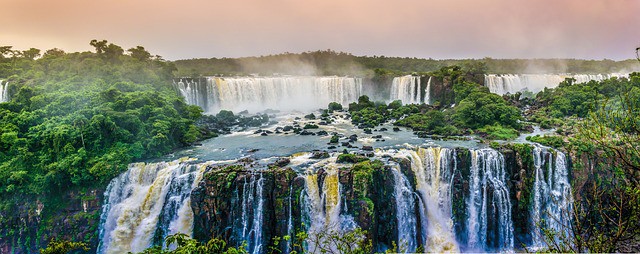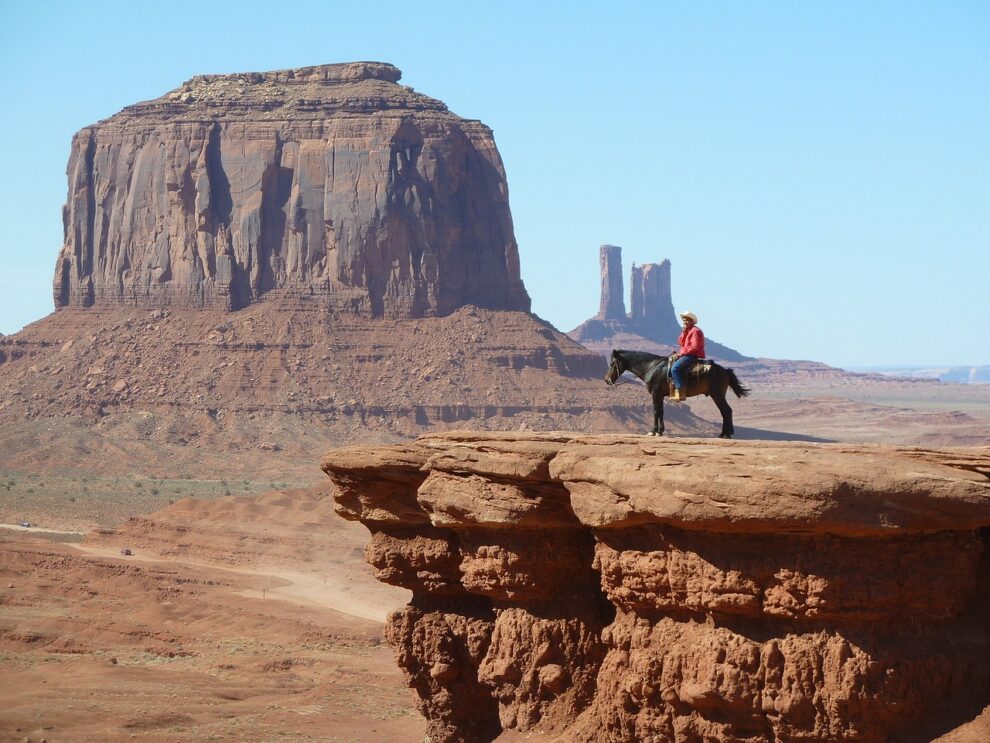Open-world gaming is certainly not a new trend. Developers have been creating large maps since the first Playstation came out, but things started to get really big around the turn of 2010. It was during this time that titles like GTA and Skyrim began to really push the boundaries of what was possible with the tech available. By 2018, Red Dead Redemption II seemed to have reached the absolute maximum size, realism, and picture quality possible for the era.
We’re here to explore the beginnings of the super-real open-world game right up to the present day, and how technology is helping this style of gaming progress.
Red Dead Redemption II – Incredible Skies in the Wild West
It makes sense to start with the game that’s widely regarded as the greatest open-world game yet, Red Dead Redemption II. It would be impossible to go into all of the tech that made this world possible, not least because almost all of it is a well-guarded secret by developers Rockstar Games.
However, one aspect to deep dive into is the tech involved in creating RDR2’s incredible skies. The weather is an enormous factor in this game, contributing drama to certain scenes, misery to others, and turning a gallop across the plains from a pleasant experience into a bitterly cold one. The skies, therefore, play a huge part in this game. The effects are achieved by marching rays using both 2D and 3D noise textures simultaneously. Alongside this, the developers enabled the clouds to move across the sky smoothly without stealing too much of the GPU by refreshing them every 16 frames.
As well as clouds, the way that light is dealt with in this game is fascinating too. A mixture of moisture and sunlight creates occasional rainbows, whilst heavy moisture in the air creates darkening skies and even lightning.
The light is clearly mapped differently to GTA5, in which shadows were shown through a cascaded shadow map. Instead, RDR2 actually uses the position of the sun and the cloud conditions to produce shadows, giving scenery an incredibly realistic feel. It’s likely that this is combined with some shadow mapping, as well as artistic textures to give the illusion of a hazy shadow in fog or rain. That’s not to mention the visible rays of the sun that illuminate dust particles in the right conditions.
With all of this effort just for mapping out sky conditions, it’s no surprise that this game sunk so much time and money. It would’ve taken a whole team years and years to create weather conditions so realistic. We can’t wait to see what they come up with for the next installment, possibly for Playstation 6.
Far Cry 3 – Putting the Tech in the Players’ Hands

There are lots of video games that are based in settings inspired by Brazil, but one of the most captivating open-world examples is in Far Cry 3. This game is based on jungles from across the world, including Brazil, but also borrows some animals from Australasia and some from the forests of Asia too. You’ll find plenty of wild boar and buffalo, but also the elusive tapir, birds of paradise, and the occasional cassowary. Whilst the team behind Far Cry love creating realistic environments, they don’t mind using a little creative license to allow the story to move along.
When it comes to the map building in Far Cry, it’s one of the few games in which players can edit maps themselves. This enables players to create their own dream gaming destination and, if they have a good internet connection, they can upload and share their creations with other players. Putting the tech in the hands of players is a fascinating idea, one that was so well received in this version that Far Cry has gone on to make it available in all releases since.
